Ivanhoe, NC, population 311, doesn’t have much of a downtown scene or a place to get an organic fair trade hot chocolate or even one of those traffic light things, but it does have Black River Organic Farm.
The first time I visited the farm was back in 2003. I had been dealing with Stefan, the farm’s owner/operator, for about a year at that point. I was buying produce from him for a small organic produce buying club that I ran out of the basement of my house. Every other week I supplied about 50 families with a large box of produce that I bought from various sources. Stefan was one of those sources.
On my first visit to Black River I went with my friend Daniel, who was my predecessor as produce manager at the co-op. We went out to hand cut some kind of wheat or rye cover crop that Stefan grew. The only things I really remember about that trip was picking a billion dandelions and raking up a bunch of wheat stalks to haul home for mulch. Oh, and Daniel running over an irrigation line and causing a flood in one of the fields. We left in a hurry, mainly because we didn’t have much help to offer in fixing the broken pipe. Stefan kind of shrugged it off, but I could tell he was fairly irritated at the situation.
It wasn’t until the middle of this year that I actually went out and got a tour of the farm as a whole. During that trip, Kristin and I picked a few handfuls of elephant garlic that had gone feral around some walnut trees, snacked on just ripening blackberries and watched Stefan’s dog Bunny swim back and forth across the Black River.
There was also some grazing on sungold tomatoes from one of the greenhouses and some searching through the withering strawberry plants for that one last fruit. It was what I envisioned as the perfect day off on a small farm – a swim, a walk, a bit of foraging and maybe a little planning for the week ahead.
I envisioned our next trip back to be a bit more focused and intensive, for me anyway. Of course that always falls apart at some point, the point on this trip being when the goats showed up with their beards and their waddles and their urgent needs to befriend anyone on two legs. That sort of thing takes a good hour to get over, and by then the focus of the rest of the visit is more or less hazy.
My only goal for this trip was to dig up some sassafras root for tea. The taste and smell of sassafras is something that I love; my favorite drink right now is brew it as a tea with some mint and honey and add it to ice. I also recently made some root beer using a small handful of sassafras, some fermented ginger and some maple syrup from The Stash. Kristin, Danielle, Noel and I dug up enough of the root to last for quite awhile.
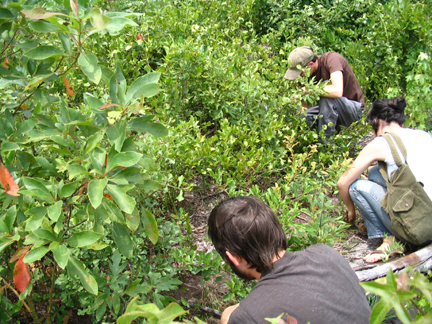
After the digging, we walked through the fields of eggplant, peppers, corn and beans, Kristin eating some corn and me searching the sun beaten bean rows for that last handful of yellow and green.
At the mid-point of the walk, we all ended up at a patch of sweet corn at the far end of one of the fields. We all selected a few rows to scout for and pick what would amount to several pounds of corn smut (Ustilago maydis) or Huitlacoche. Corn smut is a fungus that grows on individual kernels of corn.
It is edible even though it looks like some crazy stuff. I wasn’t about to eat it, what with my corn allergy and my general aversion to mushrooms, but I would pick the infected ears until the sun went down if I had to. Picking any type of produce or pulling weeds is a bit therapeutic for me these days, but I’m sure that would change if did it all day every day like I used to.
As with every visit to Black River this year, we ended up bringing home more than we intended to. Thrown in the back seat of the car were a jar of yaupon, a bag of unwanted koji rice, a bunch more feral garlic heads with their flowers, a large bag of sassafras and a larger bag of corn smut.
Kristin ended up cooking the corn smut with a bunch of onions, peppers and garlic then making it all into a curry with rice. She served it to some friends who all seemed to enjoy it. I will post the recipe soon…

About Trace
Trace lives in Durham, NC with his partner Kristin. They were joined by baby Tennessee Lynn in April 2012.
Trace is not a talker. Trace also thinks it is a little weird to talk about himself in the third person.

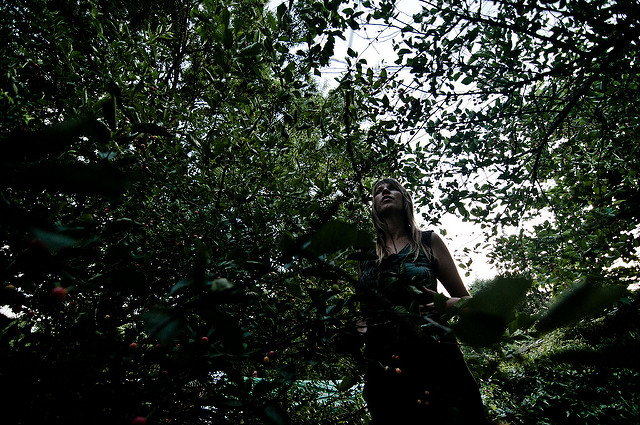
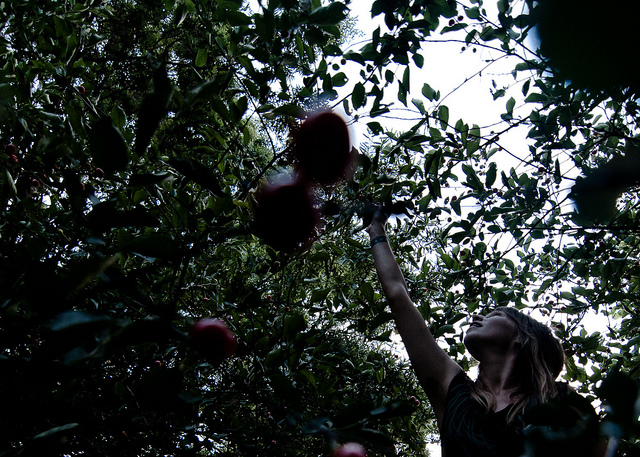

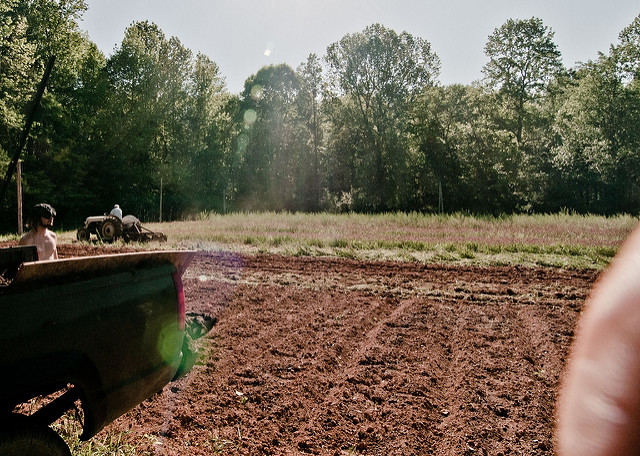

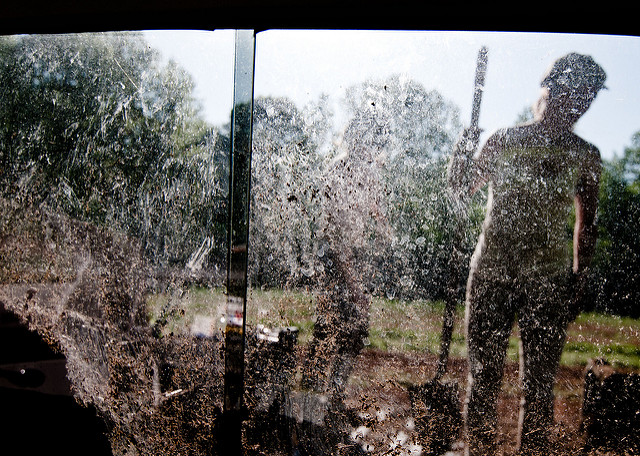

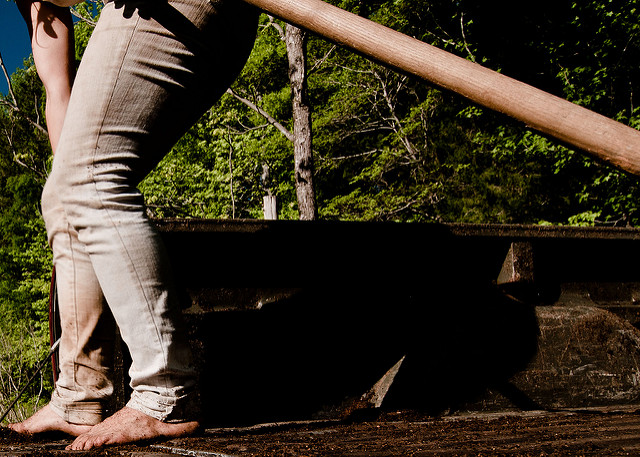
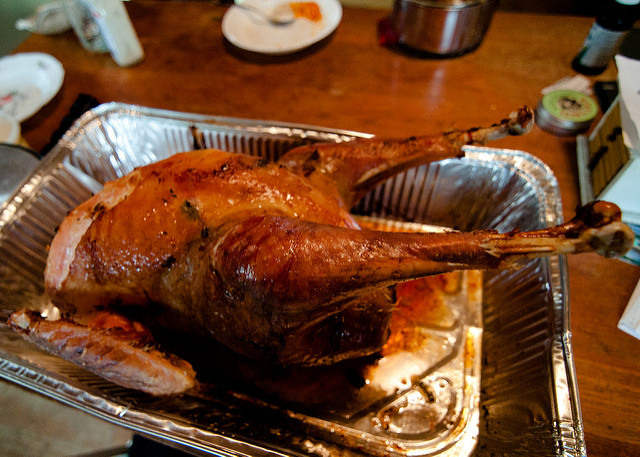

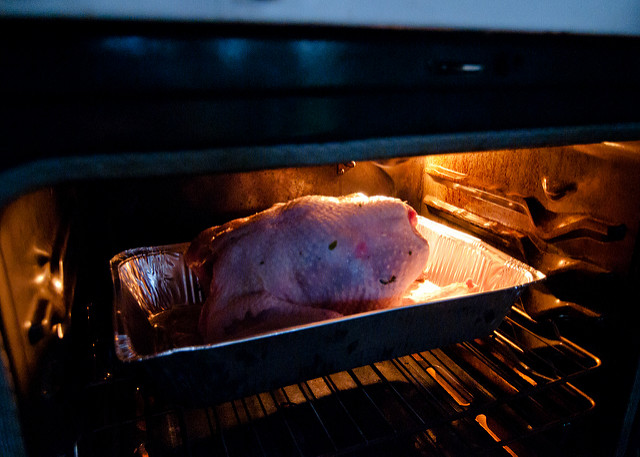
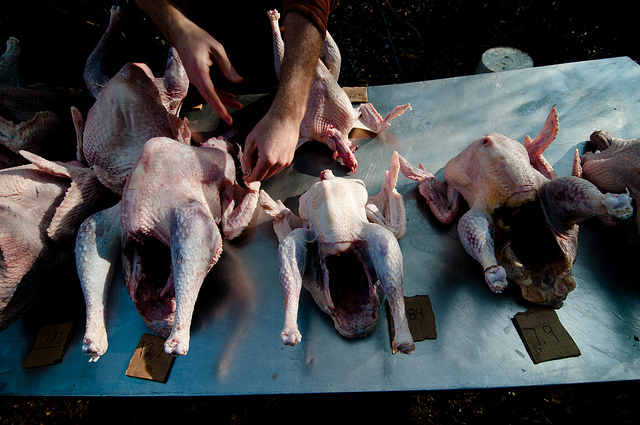
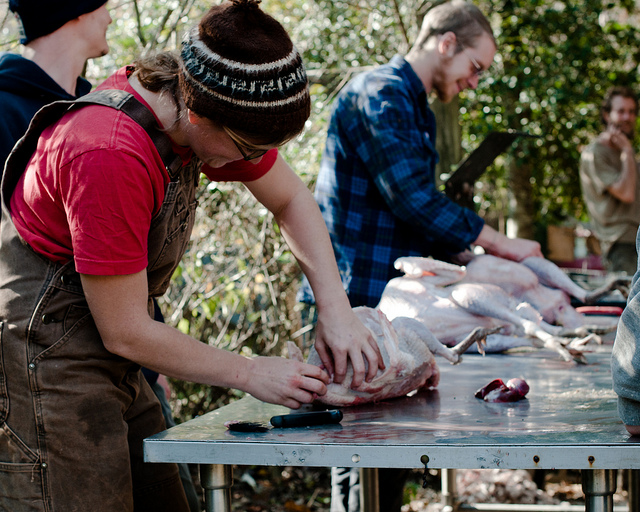
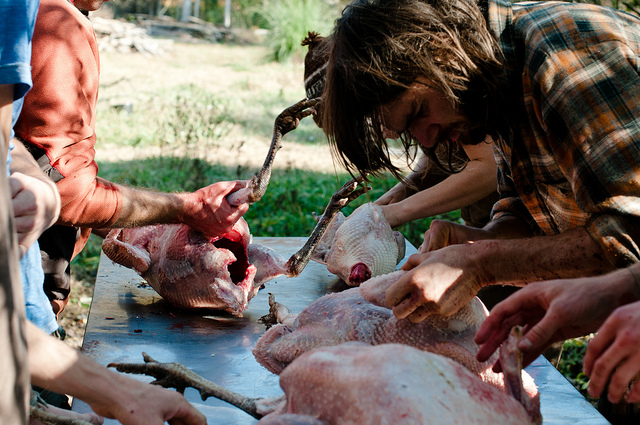
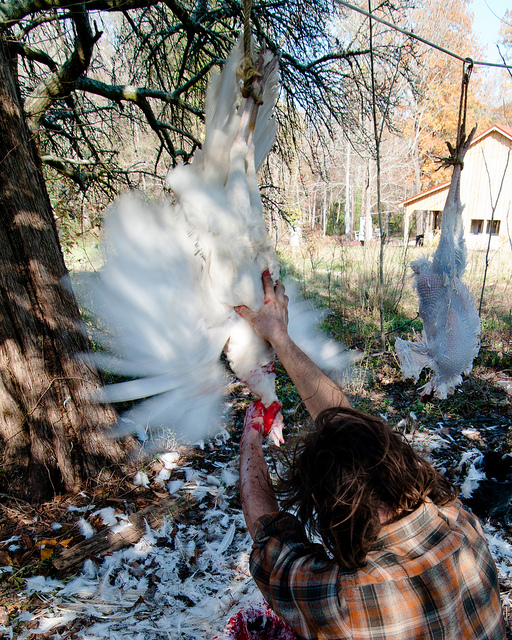
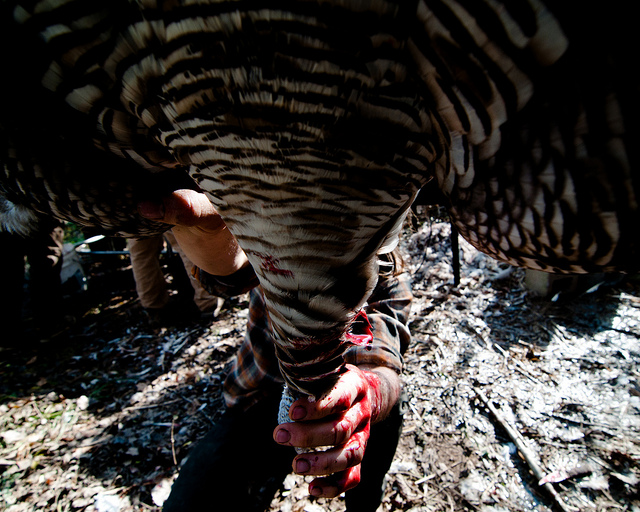
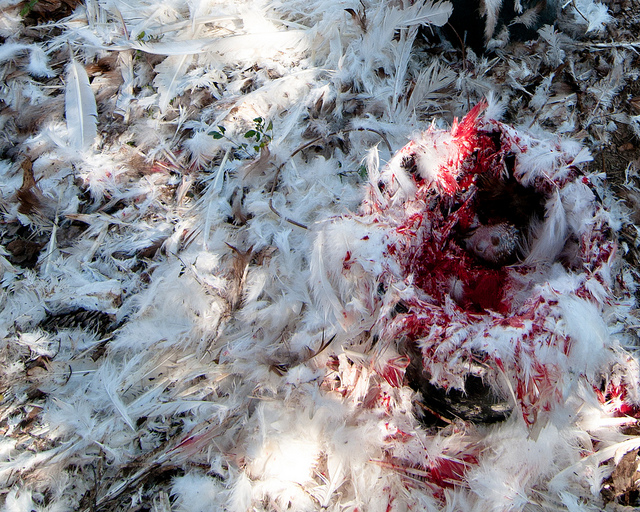
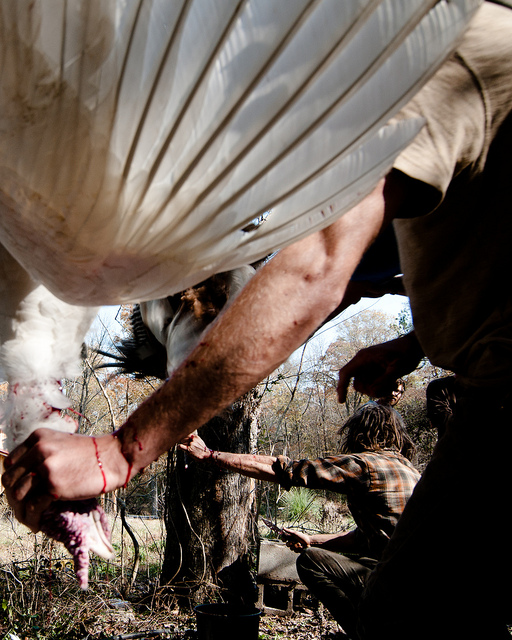
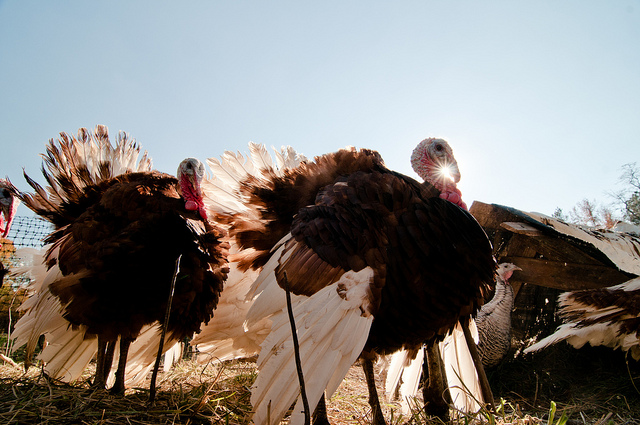
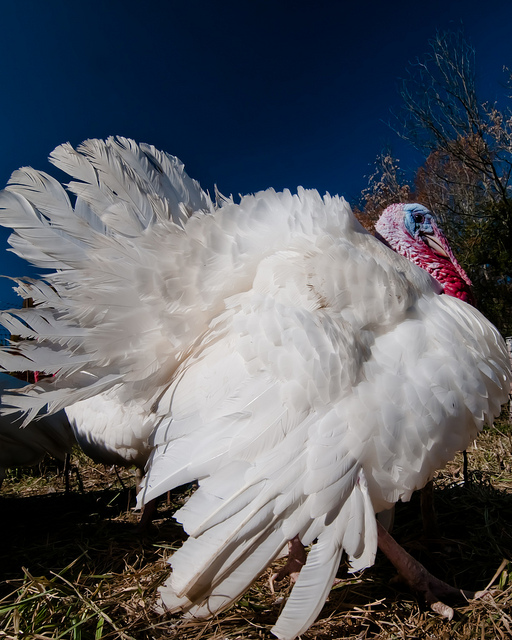
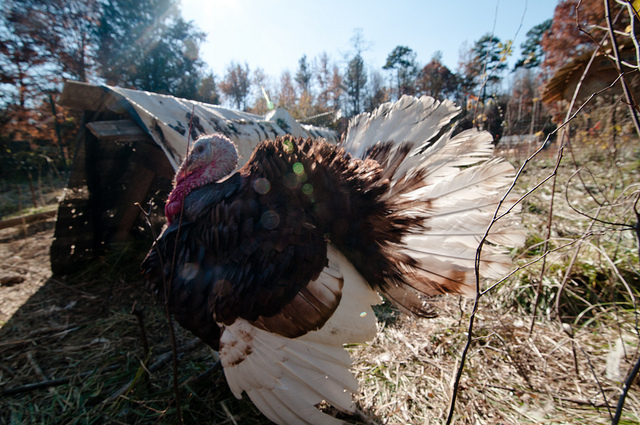
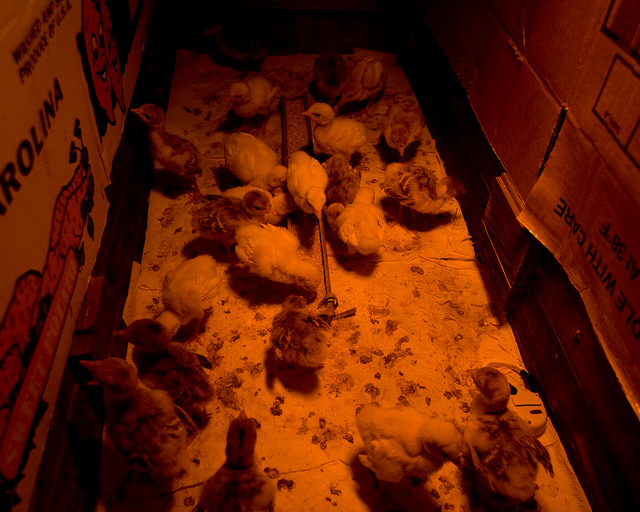
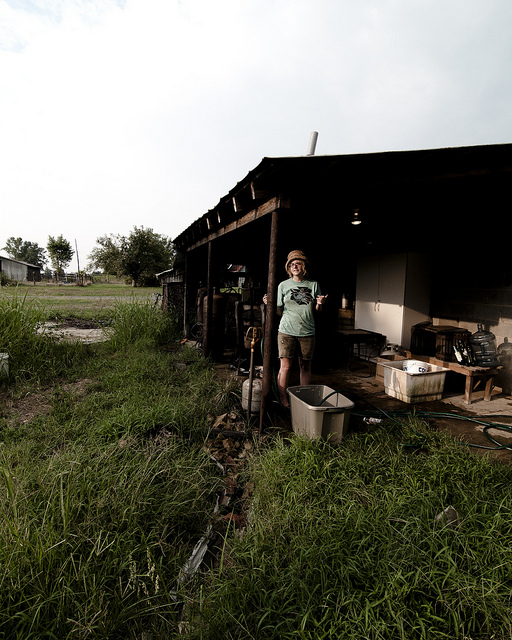

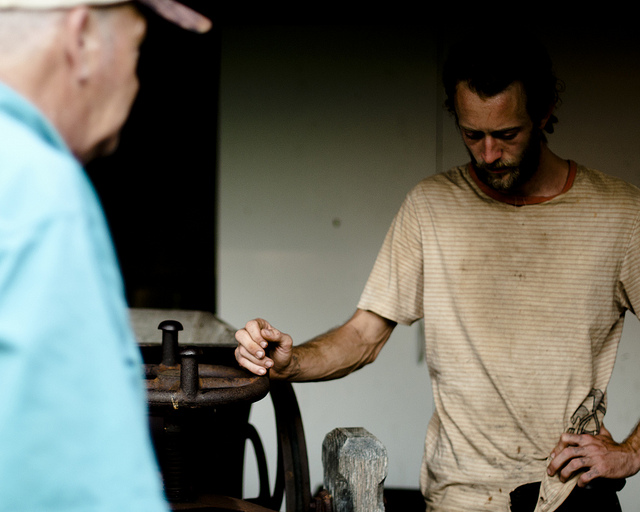
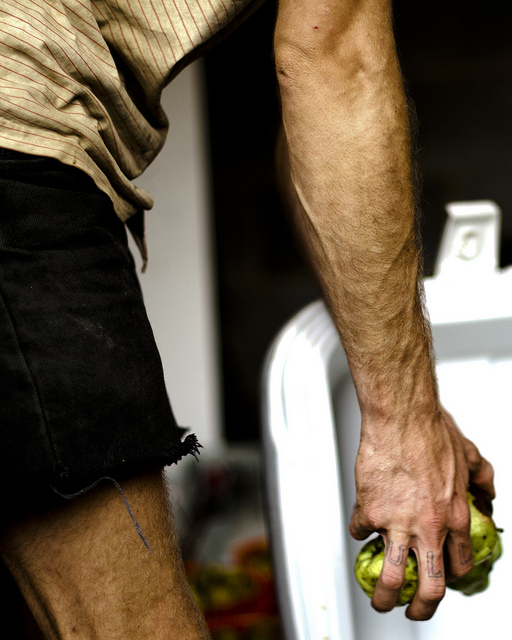
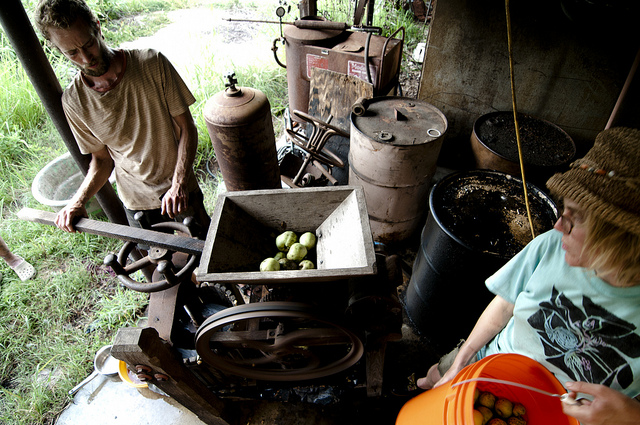
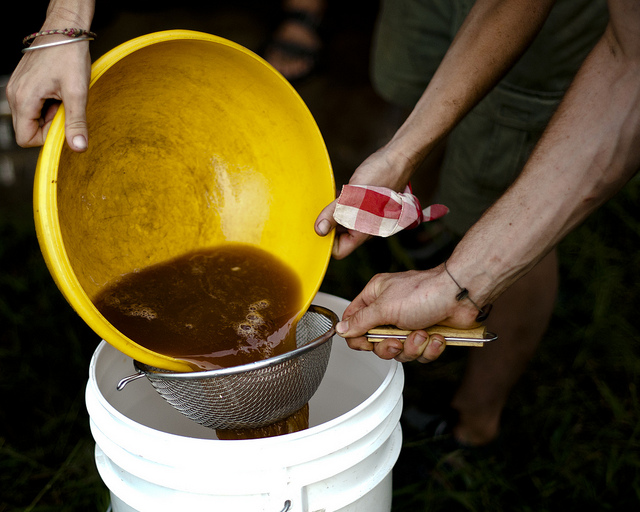
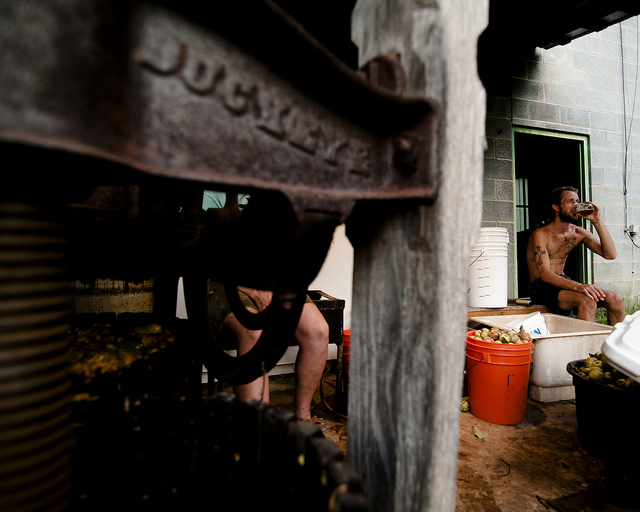
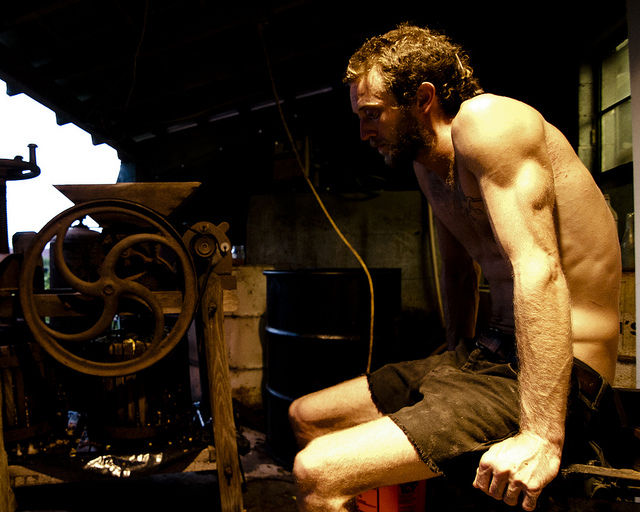
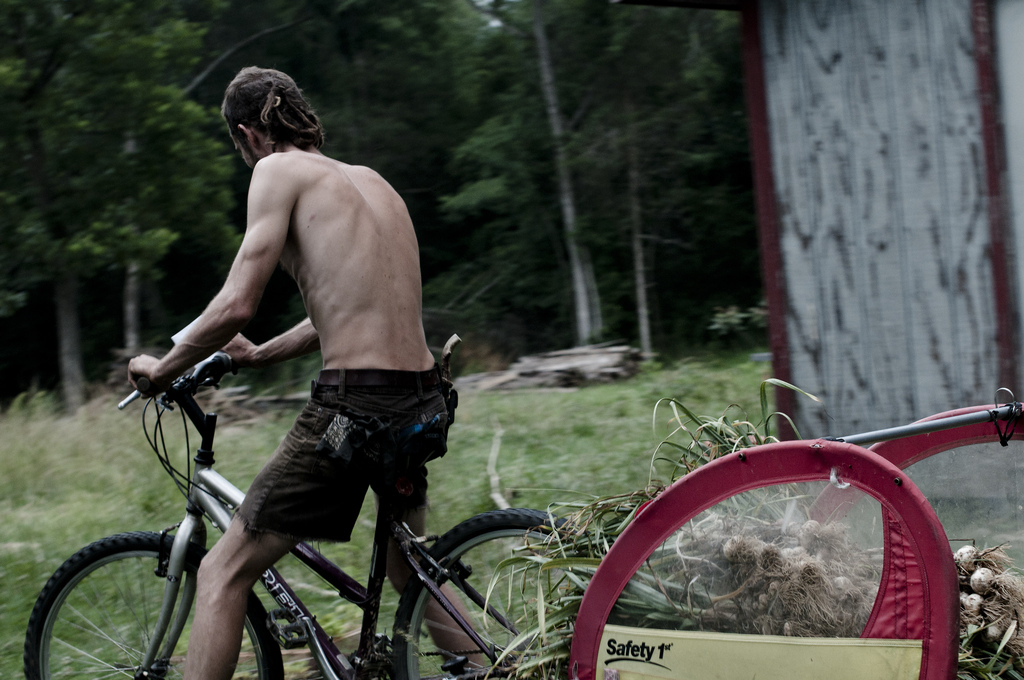

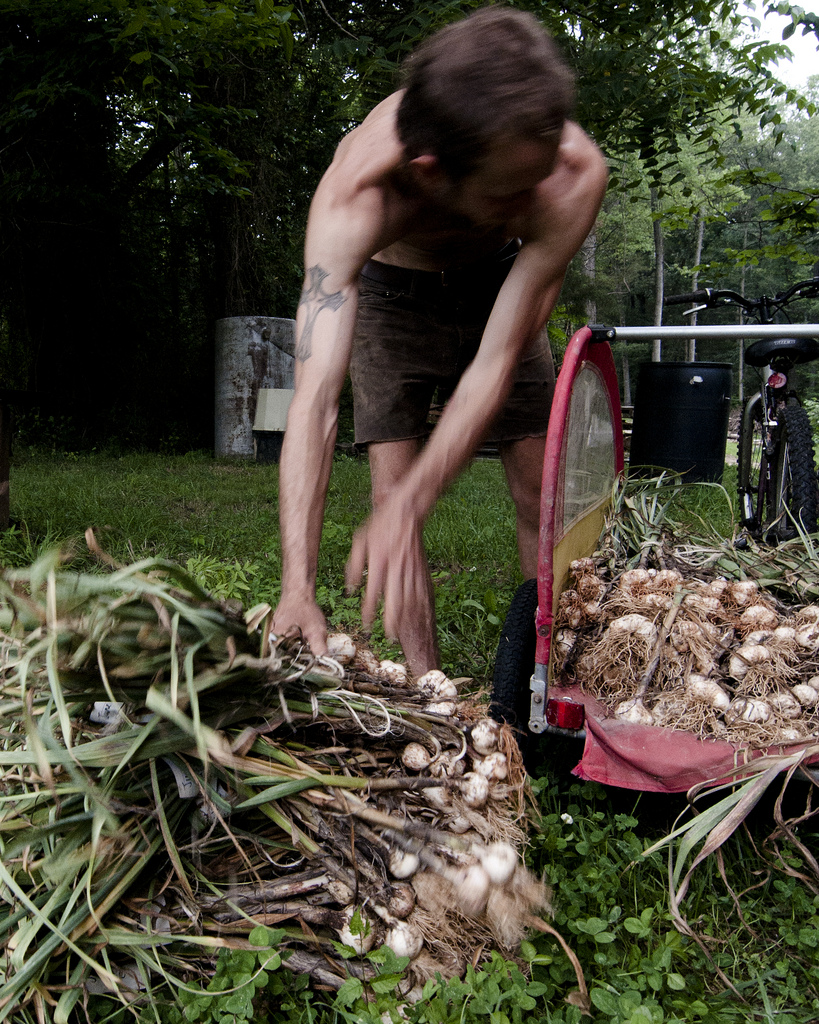

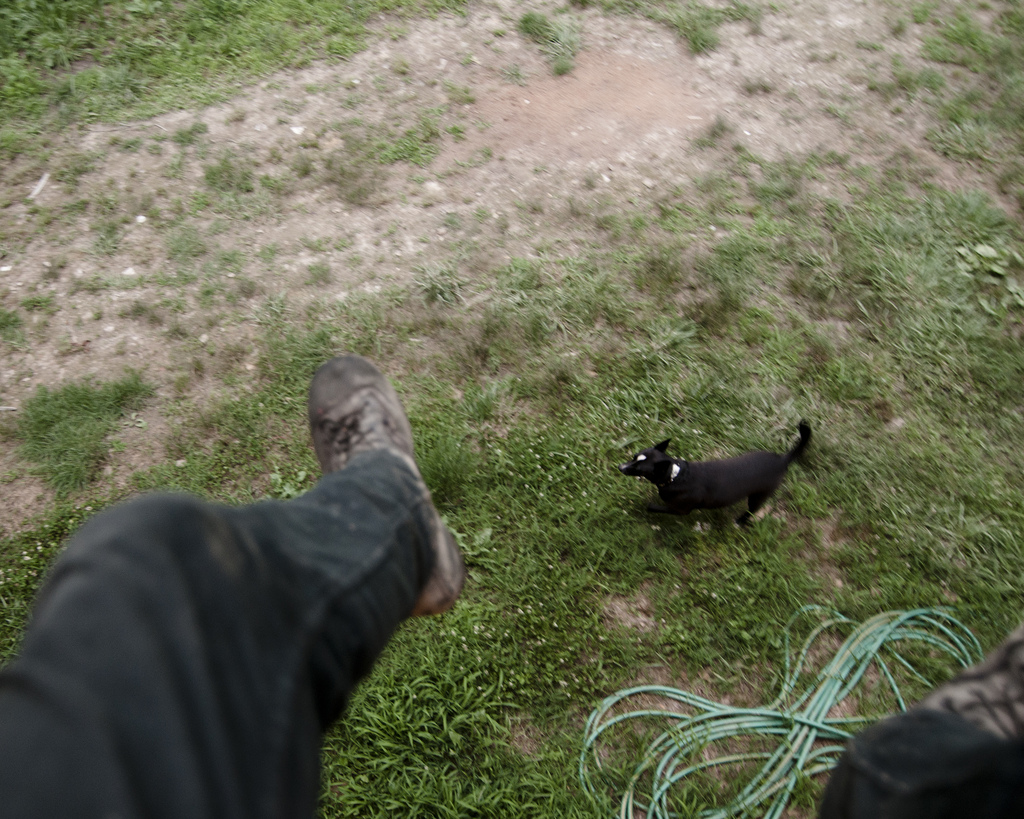
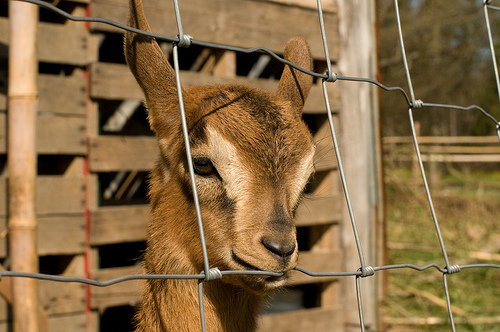

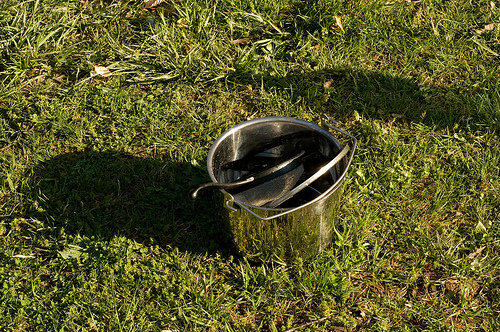
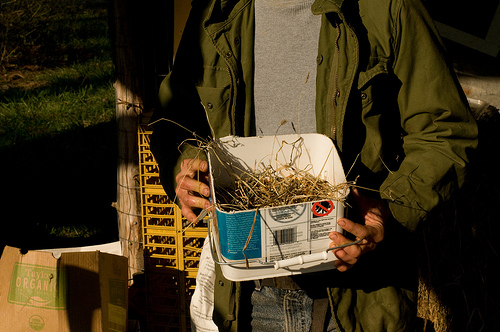
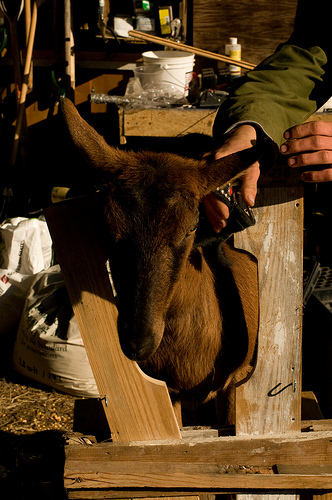
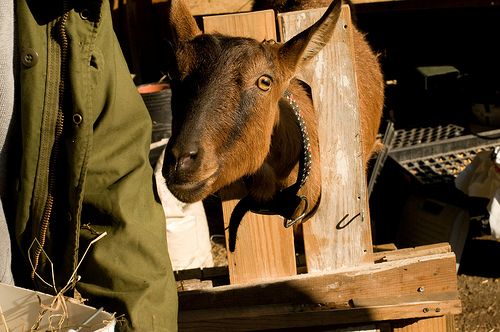
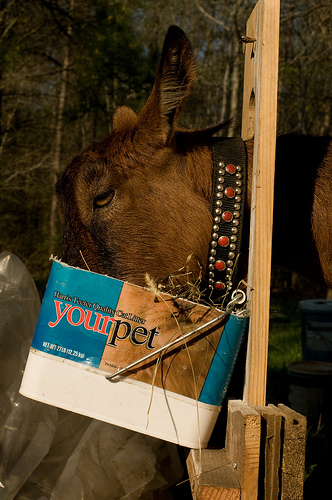
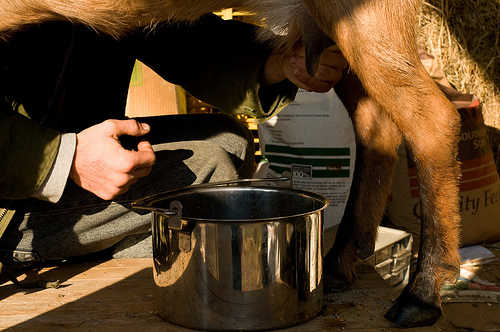
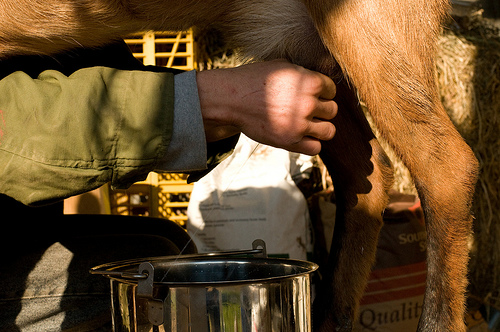
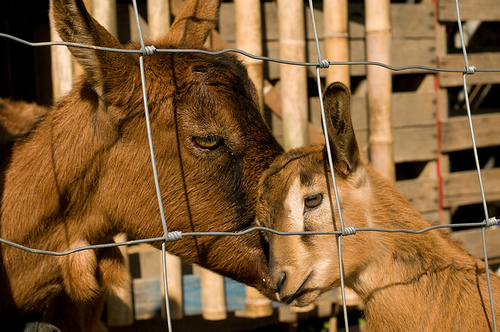
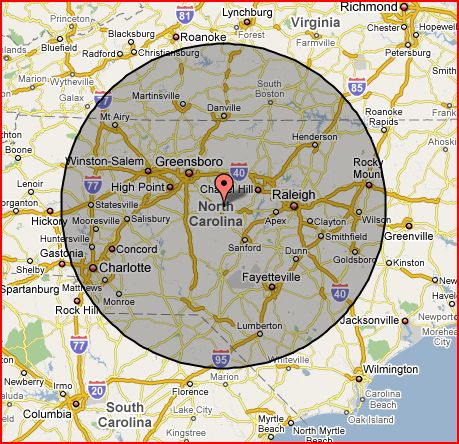

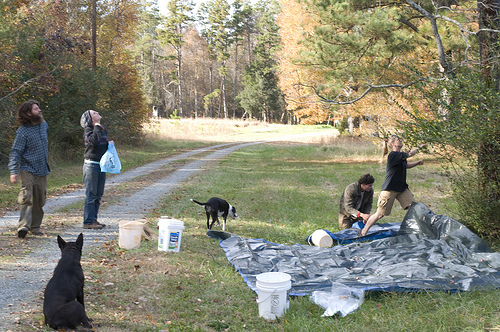

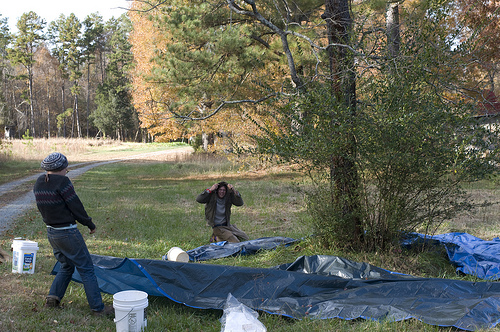
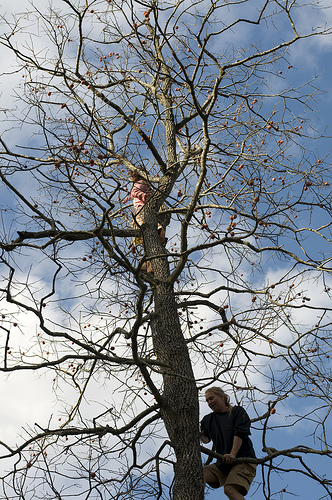
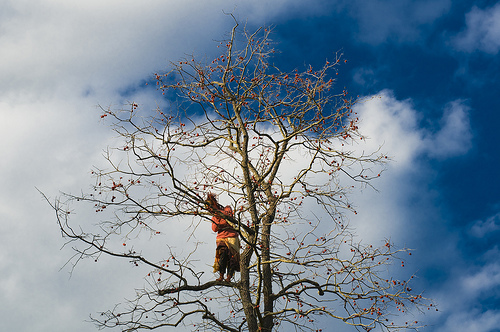
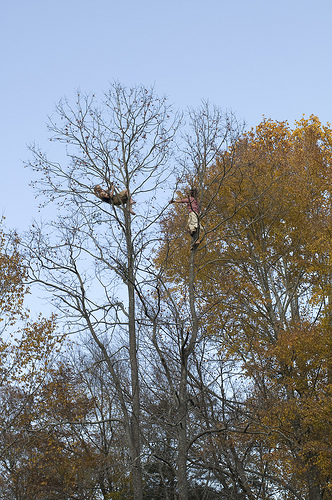
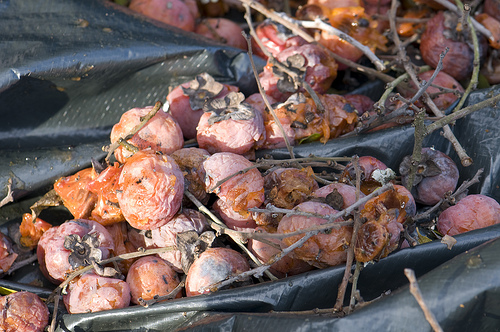
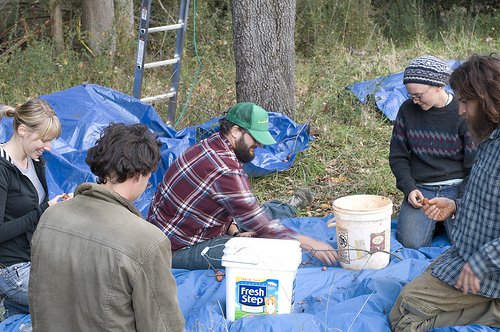
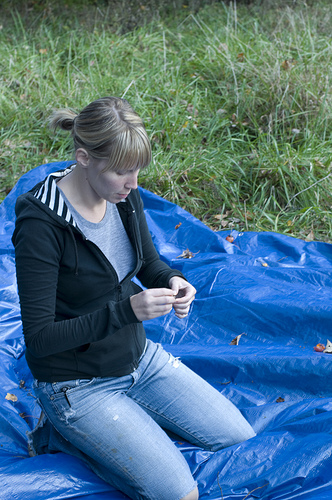
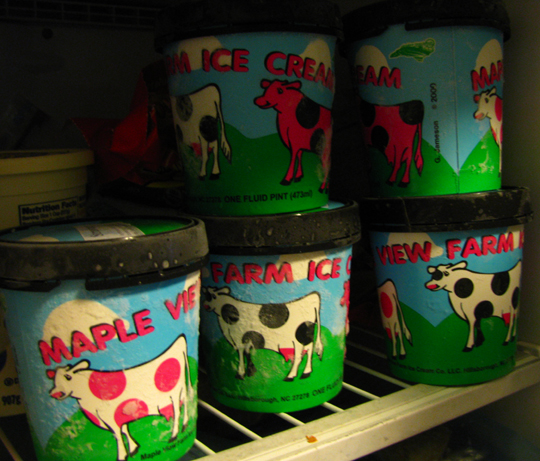

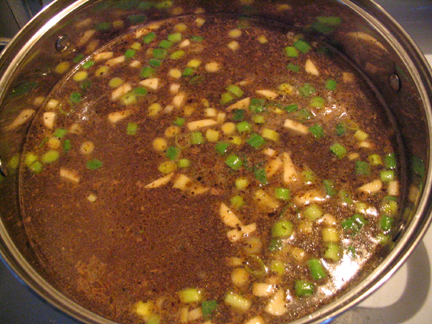

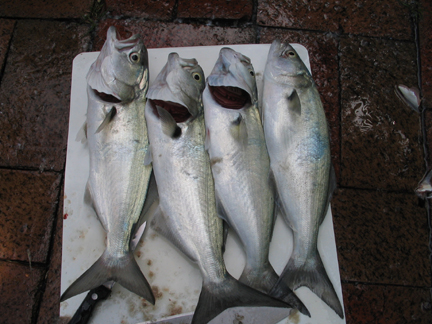

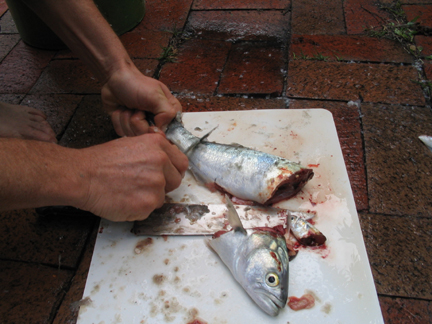
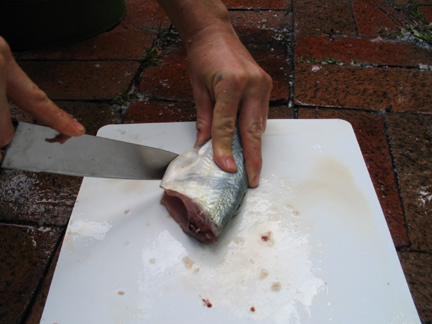
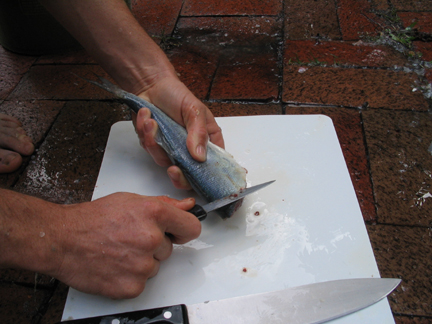
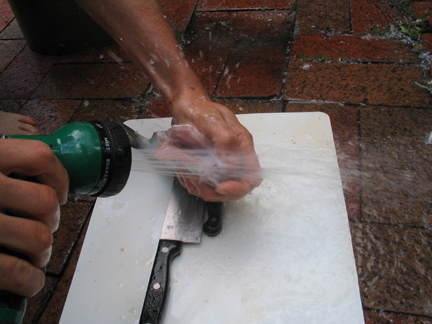
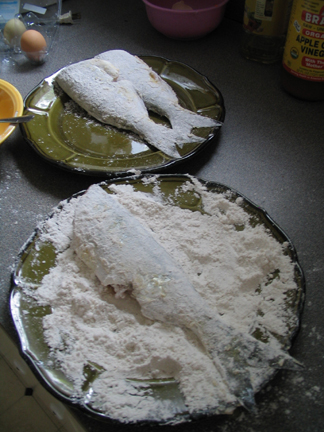
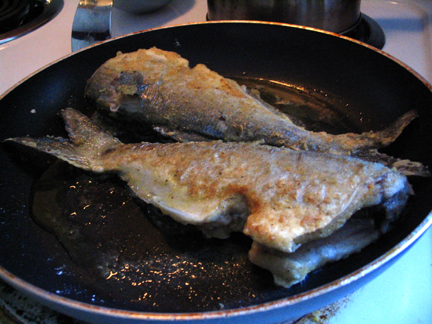
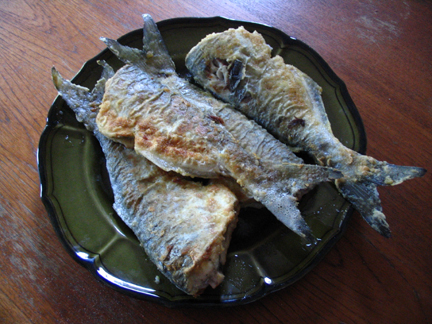
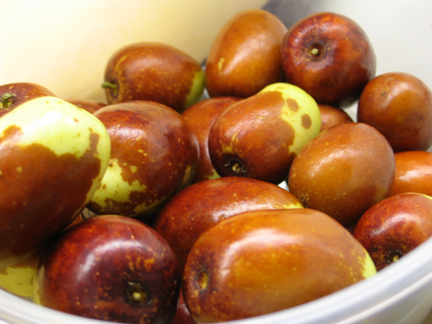



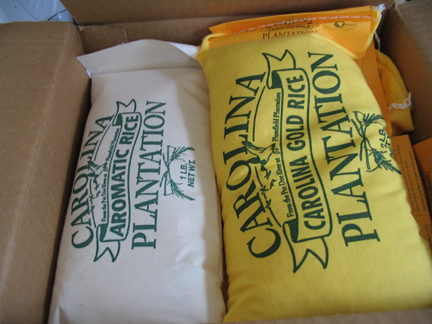

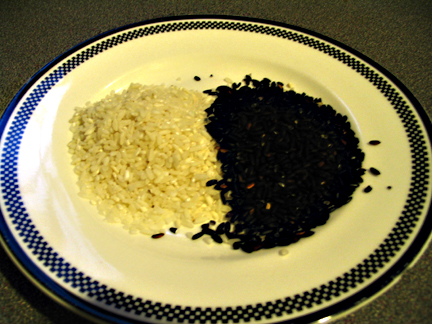
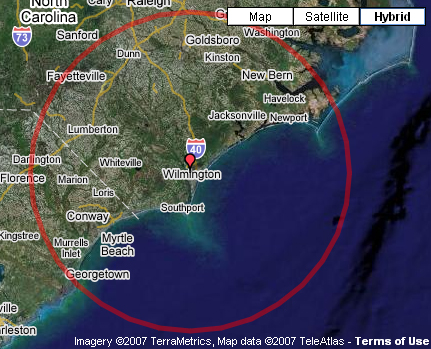

May 28, 2011 at 8:39 am
I love sour cherries! There’s nothing like sour cherry jam on your toast in the dead of winter to remind you of summer. I’m down to my last 2 jars of sour cherry jam, and sadly will miss the harvest this year because I’m moving south. Enjoy them while they last!